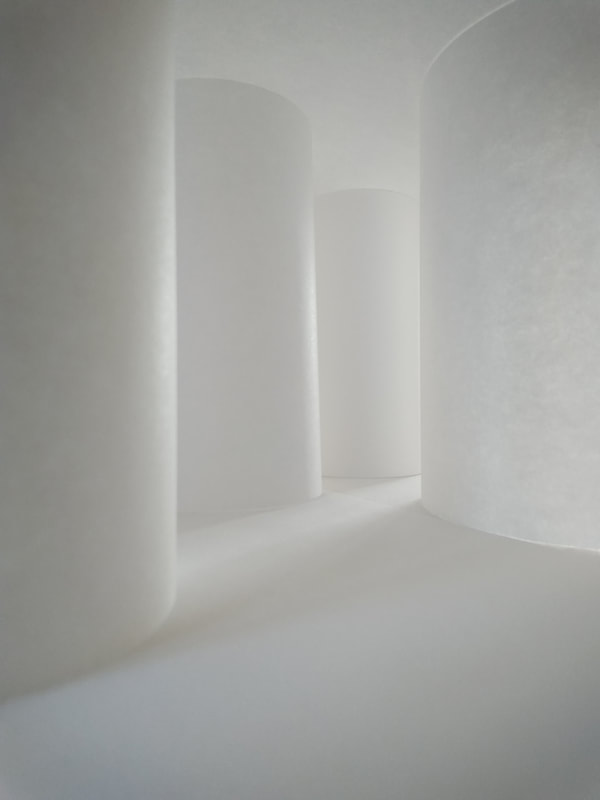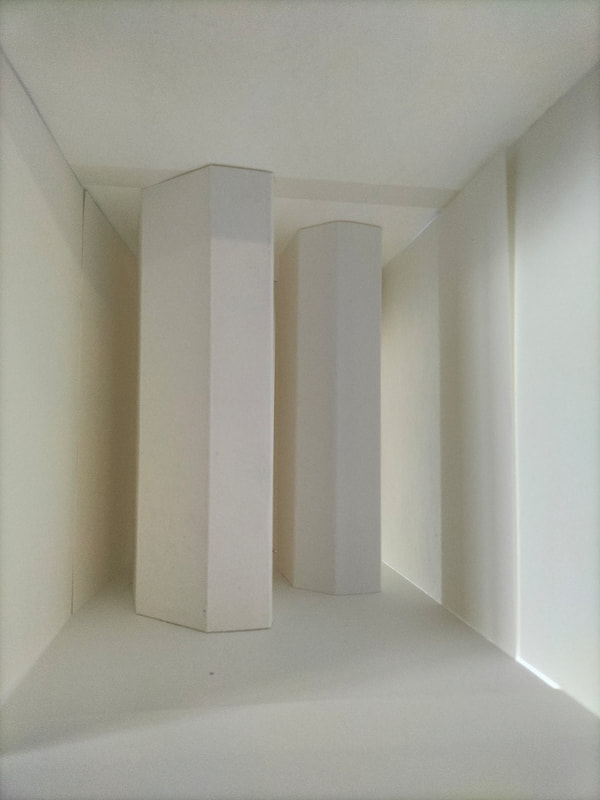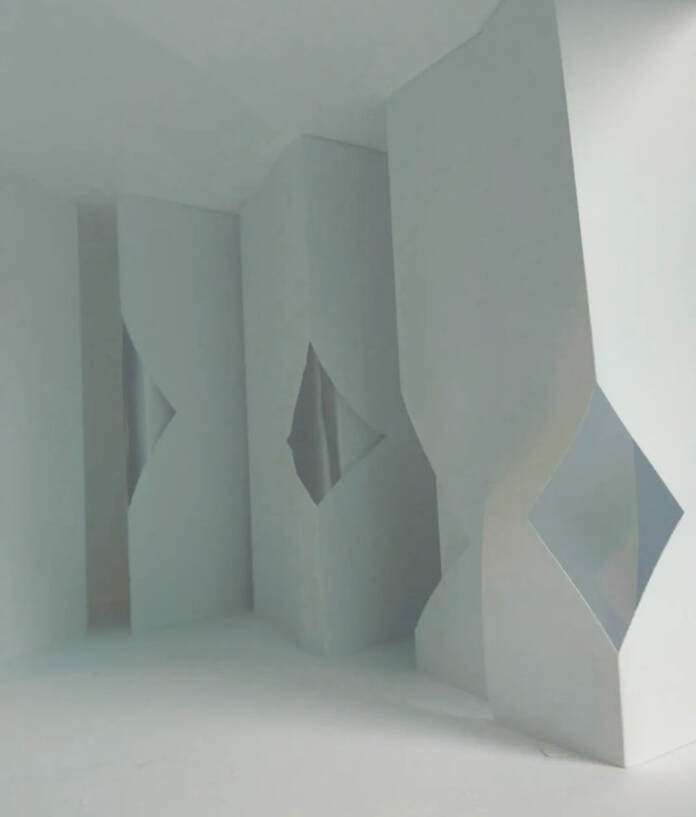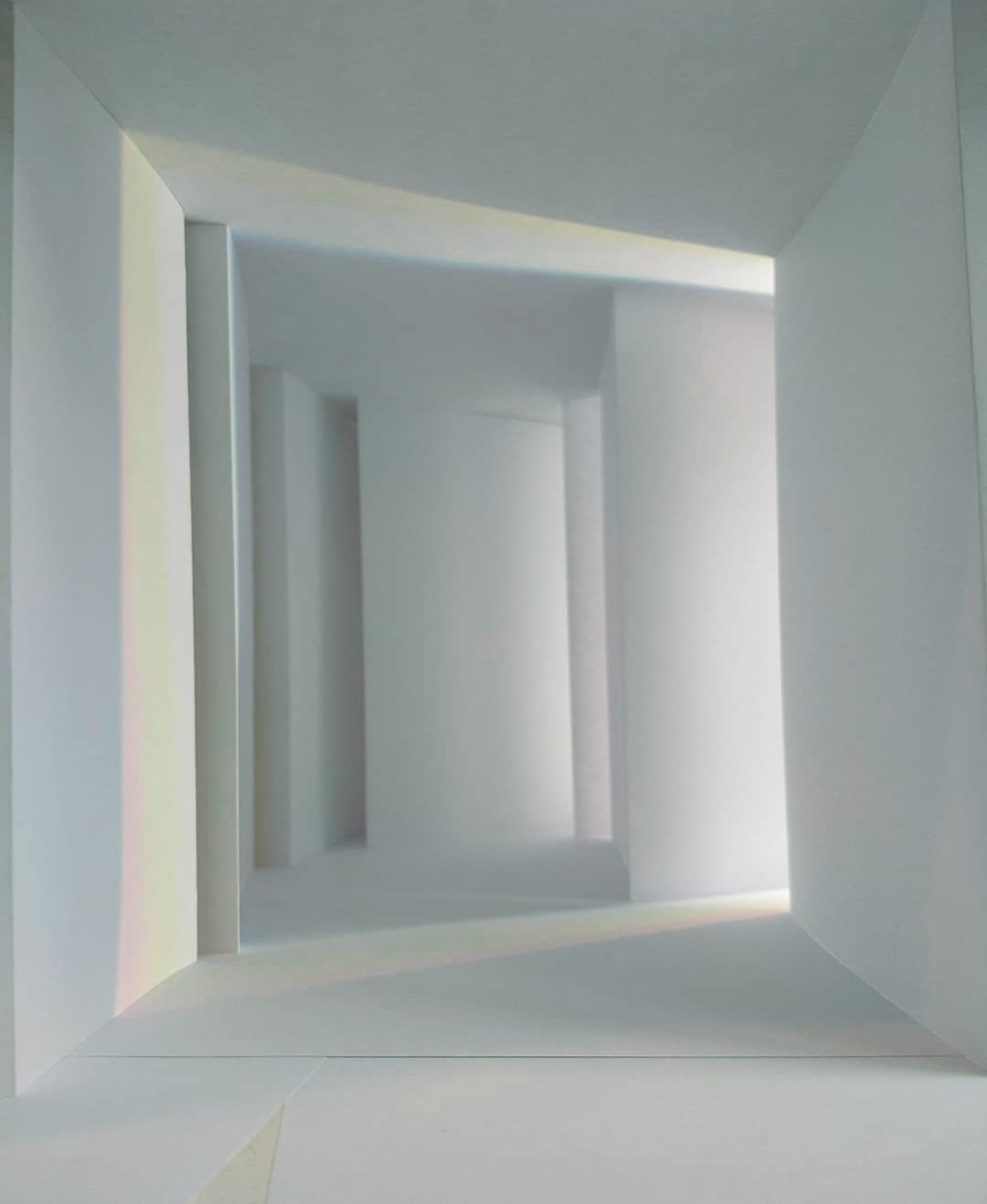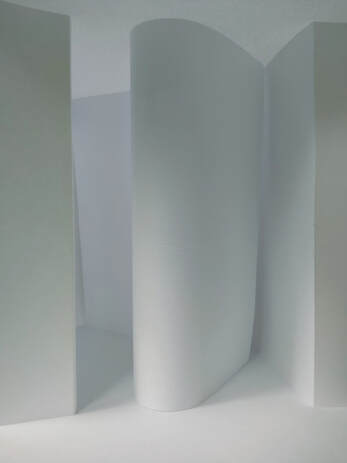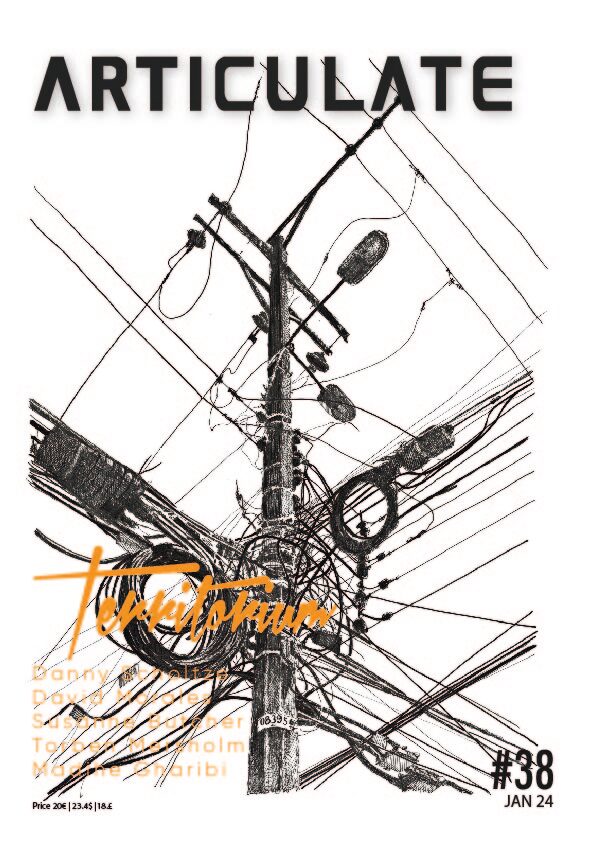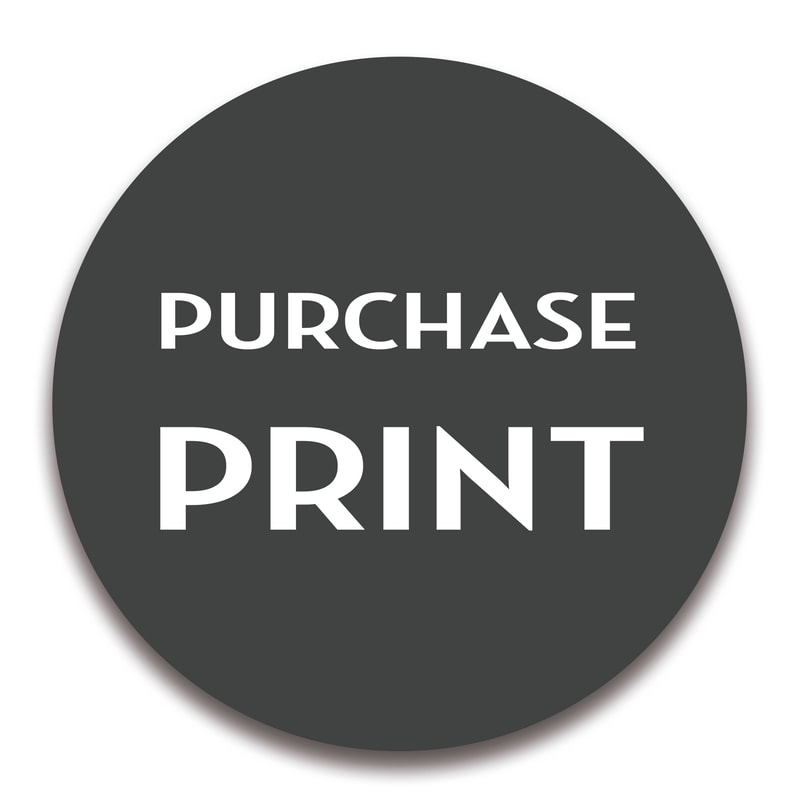Danny Scholtze solidifies ideas and intuition through his artistic practice, offering the opportunity to detach from prevailing meanings and identities. |
an article written by Nora Benz
Just like the wind blows a sandhill and a tree drops its leaves on the ground in autumn, Dutch artist, sculptor, and architect Danny Scholtze composes his work by letting go. He lets go of thinking and instead completely trusts in himself and nature. Feeling, he emphasises, is the key element in creating a good composition. Therefore, he stays close to the originality of the process, trying to avoid overthinking. Instead of following temporary cultural thinking that is based on ever changing rules applicable in culture, he trusts in his natural intuition. As a result, the process of Scholtze’s creation is in constant motion. All ideas and institutions flow into the materials and solidify in the form of image constructions and structures. The resulting images are signs or open characters in a story that Scholtze looks at to feed the process and inspire himself. It is a fluid whole in which everything is constantly changing, no idea remains as it was, but transforms in the course of the process, fast or slow. As everything is created emotionally and intuitively, Scholtze does not apply a project-based way of working. Thus, to reflect distinction, he calls his work ‘projects’. These projects serve as vehicles for reflection and are simultaneously a poetry with references towards the unknown and the great void. Scholtze’s creating processes are thus the result of a complex combination of projecting, recording, thinking, observing, studying, being fascinated, feeling through and creating. Developing his artistic vocabulary, Scholtze noticed that he was entering deeper and deeper layers within himself. Core identities kept surfacing and confirmed his nature. This way he could let go of thinking and continued working on his intuition. In this interactive process of thinking and feeling, a dynamic in language was created that he still utilises to solidify intuition and ideas into image constructions and structures. Danny Scholtze wears many heads as he is not only artist, sculptor, and architect, but also alternative journalist, visual literator, publisher, cineast, scull ecologist, synthetic eclecticist. However, as he phrases it, drawing is his nature. During his times at the Coastal Academy, he discovered his love for drawing as a rather direct and fast medium that allows him to work in a quick and very reflective way in which he immediately sees his ideas take form and thereby sparking new inspiration.
Besides drawing, Scholtze works with sculpture and video. It is a fantastic blend of both, traditional and digital media that combined with his intuitive approach to creating, result in open characters that feel unique and do not only look beautiful, but are als very vulnerable. The spatial and architectural possibilities and questions offered by sculpting allow him to use an architectural model as an open structure in which he processes all kinds of ideas. In Scholtze’s project Antitecture, he creates what he calls ‘shelters for the mind’. These shelters are non-architectural spaces that invite the viewer to empty their mind by disappearing into the functionless and meaningless space without a human scale, diving deeper and deeper through passages that lead to another space. The gateways are meant to be metaphors for our minds.
Providing shelters for the mind is an overarching theme in Danny Scholtze’s projects as an essence of his work is to practice the art of not being attached to anything, neither to a belief, nor an idea or material object in order to experience the greatest possible freedom and independence. Through his work, Scholtze wants to invite the viewer to erase old ways of looking and thinking and encourages them to start creating new approaches to their environment. Furthermore, he invites the viewer to always look with new eyes and to explore and wonder about the world around us. This is closely connected to Scholtze’s own deep contact with nature and the cultural developments around him that have a decisive influence on the processes that take place in his work. They create a tension and dynamic from which he draws energy and inspiration. Another source of his drive is based on curiosity and enthusiasm, on investigating, reflecting, visualising, and presenting the findings as well as the subtlety and beauty of and fascination with nature and culture. This includes an exercise to support and achieve the experience of freedom and independence.
In order to experience this sublime form and degree of freedom and to be able to ask new questions, Scholtze’s works are as simple as possible and arise from the desire for emptiness and the detachment from what identity is and encompasses. |
SUPPORTARTICULATE
www.articulate.nu SUPPORT Monday - Friday 8:00 - 16:00 [email protected] +45 30 48 19 81 Head Quarters VAT DK40953191 |
|

